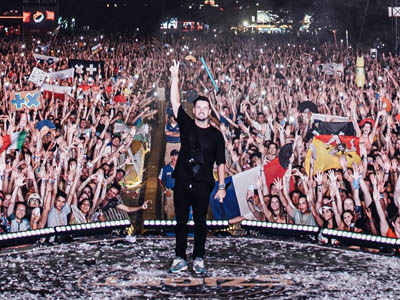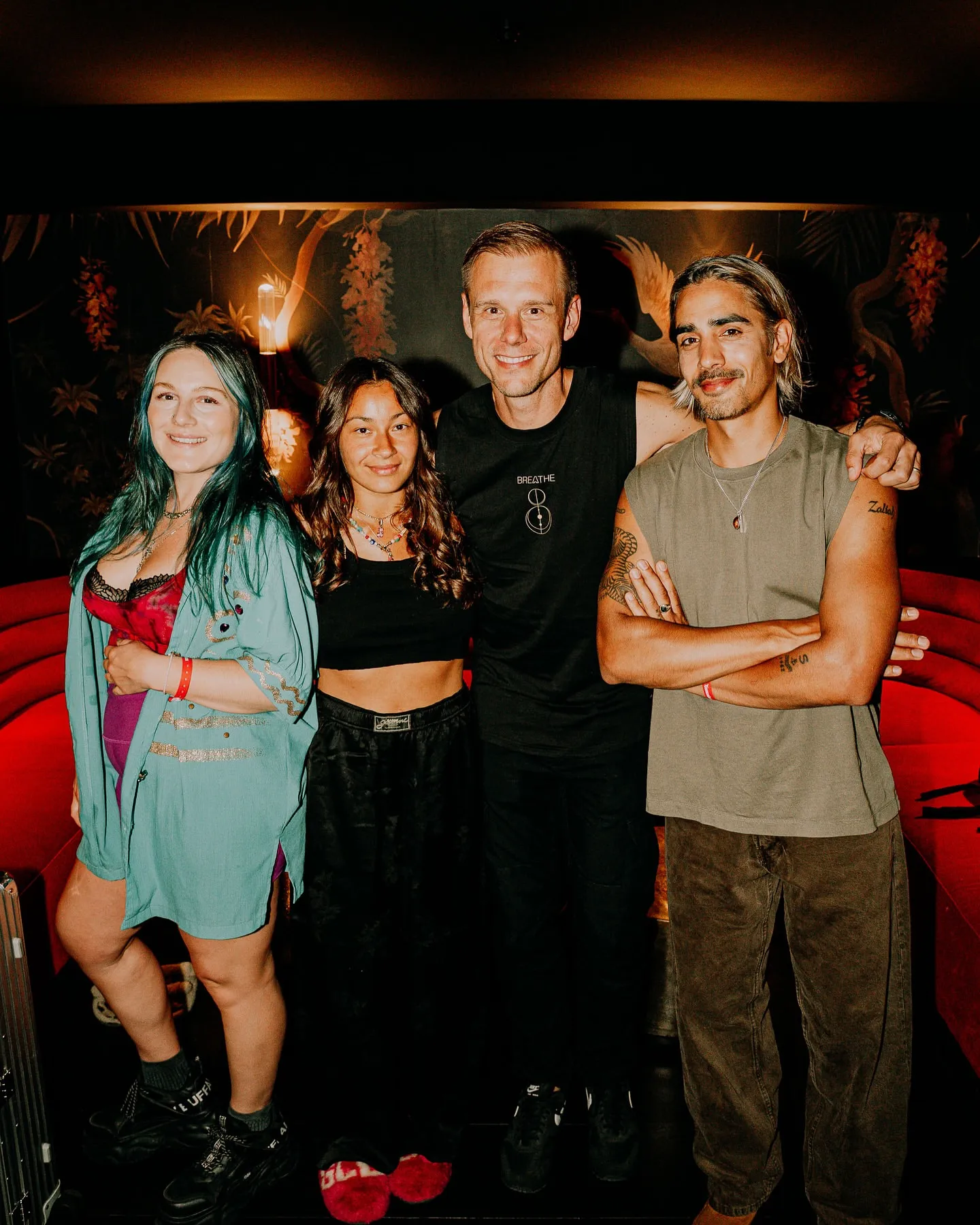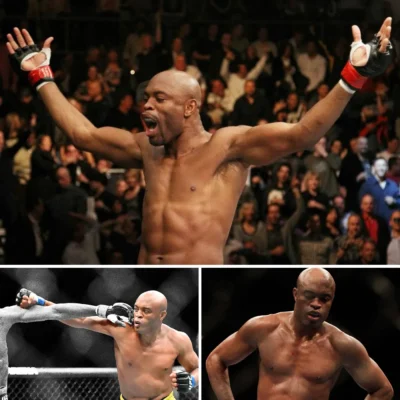

The Rise of Martin Garrix: How a Dutch Teen Conquered the Global Music Industry
When people talk about the face of modern electronic dance music (EDM), one name consistently tops the list: Martin Garrix. From a small town in the Netherlands to commanding the biggest stages on the planet, Garrix has built more than just a career—he’s built a global brand and business empire worth tens of millions of dollars.
But how did a teenager with a laptop, passion, and no major backing transform into one of the world’s richest, most influential DJs? His journey is a powerful blend of raw talent, strategic risk-taking, business savvy, and a deep understanding of the music industry’s future.
Let’s take a deep look at how Martin Garrix went from bedroom beats to building an empire that still amazes the world.
A Spark at Eight Years Old: The Birth of a Dream
Martin Garrix was born Martijn Gerard Garritsen in 1996 in Amstelveen, a quiet suburb of Amsterdam. His life changed forever in 2004, when, at just eight years old, he watched the legendary Tiësto perform at the Athens Olympic Games.
That single moment ignited a spark. While other kids were dreaming of sports or video games, Garrix became obsessed with music production. He began experimenting with FL Studio, a digital audio workstation, and immersed himself in the world of EDM. What started as a hobby quickly grew into a full-time passion. By the time he was in his early teens, he was producing tracks that sounded far beyond his age.
His early dedication and discipline would later prove to be key to his long-term success.

Breakthrough with “Animals”: The World Takes Notice
In 2013, at just 17 years old, Martin Garrix released “Animals” through Spinnin’ Records. The track was an instant global sensation.
It soared to the top of the charts in multiple countries, garnered hundreds of millions of YouTube views, and became a festival anthem around the world. The most remarkable part? It was produced by a teenager who wasn’t even old enough to enter most clubs where the song was being played.
“Animals” was more than a hit—it was a cultural moment. It marked the arrival of a new EDM superstar and launched Garrix into the spotlight overnight. His performance fees skyrocketed, and he became one of the youngest DJs to ever headline major festivals.
This moment wasn’t just a lucky break; it was the beginning of a calculated rise to global domination.
Staying on Top: Strategic Collaborations and Evolution
While many artists fade after their first hit, Garrix did the opposite—he evolved, diversified, and scaled up.
He collaborated with some of the biggest names in the music industry, including:
-
Usher (Don’t Look Down)
-
Bebe Rexha (In the Name of Love)
-
Dua Lipa (Scared to Be Lonely)
These collaborations weren’t just chart-toppers; they allowed Garrix to bridge the gap between EDM and mainstream pop, expanding his audience and brand appeal.
He also became a mainstay headliner at festivals like Tomorrowland, Ultra Music Festival, and Coachella, where his sets are known for their high energy, emotional intensity, and world-class production.
Unlike many EDM artists who fade with trends, Garrix continued to innovate, ensuring his sound remained relevant but authentic.
Owning the Music: The Birth of STMPD RCRDS
In 2016, Garrix made one of the boldest moves of his career: after a legal dispute with Spinnin’ Records over ownership rights to his music, he decided to go independent.
He founded STMPD RCRDS, a label that would give him full creative control and ownership of his catalog. Most artists his age (he was only 20) would have avoided confrontation with a powerful label. But Garrix fought for his rights and won.
Through STMPD RCRDS, he:
-
Retained full rights to his music
-
Created a launchpad for emerging talent
-
Expanded into artist management, publishing, and production
This move positioned Garrix not just as a performer but as a music industry entrepreneur—a rare status for someone so young. It also allowed him to build long-term wealth rather than rely on performance fees alone.
Touring: The Engine of His Empire
While royalties and streaming generate passive income, touring is the financial powerhouse behind Martin Garrix’s empire.
-
A single festival appearance can earn him $200,000–$300,000 or more.
-
His world tours and residencies in Ibiza bring in tens of millions annually.
-
His shows are renowned for their visual innovation, immersive experiences, and high production value.
Garrix understands that modern audiences aren’t just paying to hear music—they’re paying for a once-in-a-lifetime experience. By investing in top-tier stage design, visuals, and technology, Garrix ensures that his live performances remain premium events that fans around the world are willing to pay top dollar for.
Expanding the Brand: From DJ to Global Influencer
Garrix didn’t stop at music. He built a brand empire that includes luxury endorsements, mass-market products, and global partnerships. His ability to stay relatable and marketable made him an ideal fit for a wide range of brands, including:
-
TAG Heuer (luxury watches)
-
AXE (youth grooming products)
-
Collaborations with gaming brands and tech companies
These brand partnerships added millions in revenue while also increasing his visibility outside of music. Garrix isn’t just a DJ—he’s a global lifestyle icon.

Estimated Net Worth: $30–50 Million
According to various sources, Martin Garrix’s net worth is estimated to be between $30 and $50 million—and it’s growing year after year.
His income sources are diverse, which makes his empire resilient to changes in music trends or market instability. These income streams include:
-
Touring & performances
-
Streaming royalties
-
Music publishing rights
-
Merchandise and product sales
-
Brand endorsements
-
Ownership of STMPD RCRDS
This diversification strategy has allowed him to transform his fame into sustainable, long-term wealth.
Giving Back: A Heart for Social Change
Even with fame and fortune, Martin Garrix has remained grounded and socially responsible.
He is an ambassador for War Child, an organization that supports children affected by war. He also uses his platform to promote mental health awareness, sharing his own challenges with anxiety and pressure in the spotlight.
His philanthropic efforts show that success isn’t just measured in dollars—but in impact. By giving back, Garrix adds meaning to his success and cements his status as a true role model.
Lessons from Martin Garrix’s Empire
Martin Garrix’s story offers powerful lessons for aspiring artists, entrepreneurs, and young dreamers:
-
Talent is only the beginning – Without discipline and consistency, talent fades.
-
Own your work – Control over your art is crucial to long-term financial security.
-
Diversify income – Don’t rely on one revenue stream; build multiple.
-
Stay authentic – Audiences respond to artists who are real and relatable.
-
Give back – True success is about making a difference, not just making money.
The Legacy in the Making
Even after over a decade at the top, Martin Garrix is still just getting started. He continues to headline the biggest festivals, release chart-topping music, and mentor the next generation through STMPD RCRDS.
He has proven that it’s possible to be both an artist and a business mogul, and that youth is not a barrier to greatness—in fact, it can be an asset.
From a bedroom in Amstelveen to the world’s largest stages, Martin Garrix has turned a childhood dream into a multi-million-dollar empire.
Final Thoughts
The rise of Martin Garrix is one of the most compelling success stories in modern music. His path is a testament to what happens when passion meets purpose, and when talent is matched with vision and courage.
He’s not just making music—he’s making history.


















